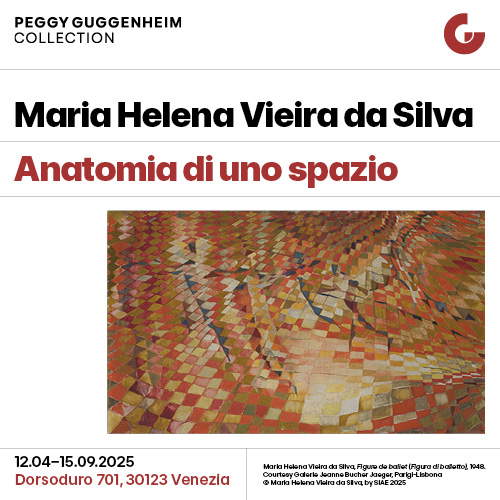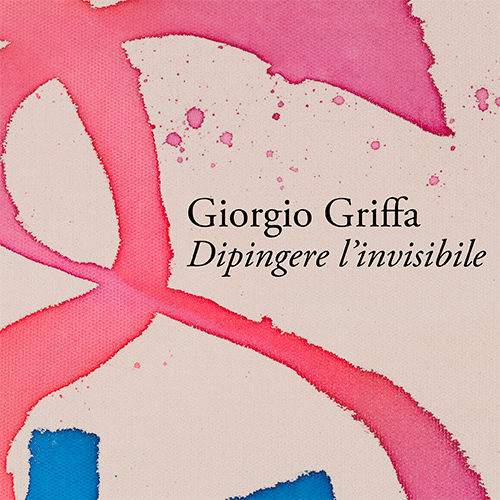MAO of Turin showcases 50 haori and juban: men's kimonos of the 20th century
Early twentieth-century Japan takes shape and color through clothes that are not just examples of precious workmanship, but true cultural documents. This is what Haori proposes . Men’s Suits of the Early Twentieth Century Narrate Japan, the exhibition scheduled at MAO - Museum of Oriental Art in Turin from April 12 to September 7, 2025. The exhibition, unprecedented in Italy and Europe, represents a unicum in the museum scene, offering the public a rare opportunity to delve into men’s Japanese material culture.
Featuring some 50 haori and juban, i.e., the overkimono jackets and robes worn under kimonos, the exhibition focuses on a yet little-explored aspect of Japanese tradition. The clothes on display, from the Manavello collection, are part of an exhibition itinerary enhanced by installations by contemporary artists that amplify their narrative and interpretive potential.
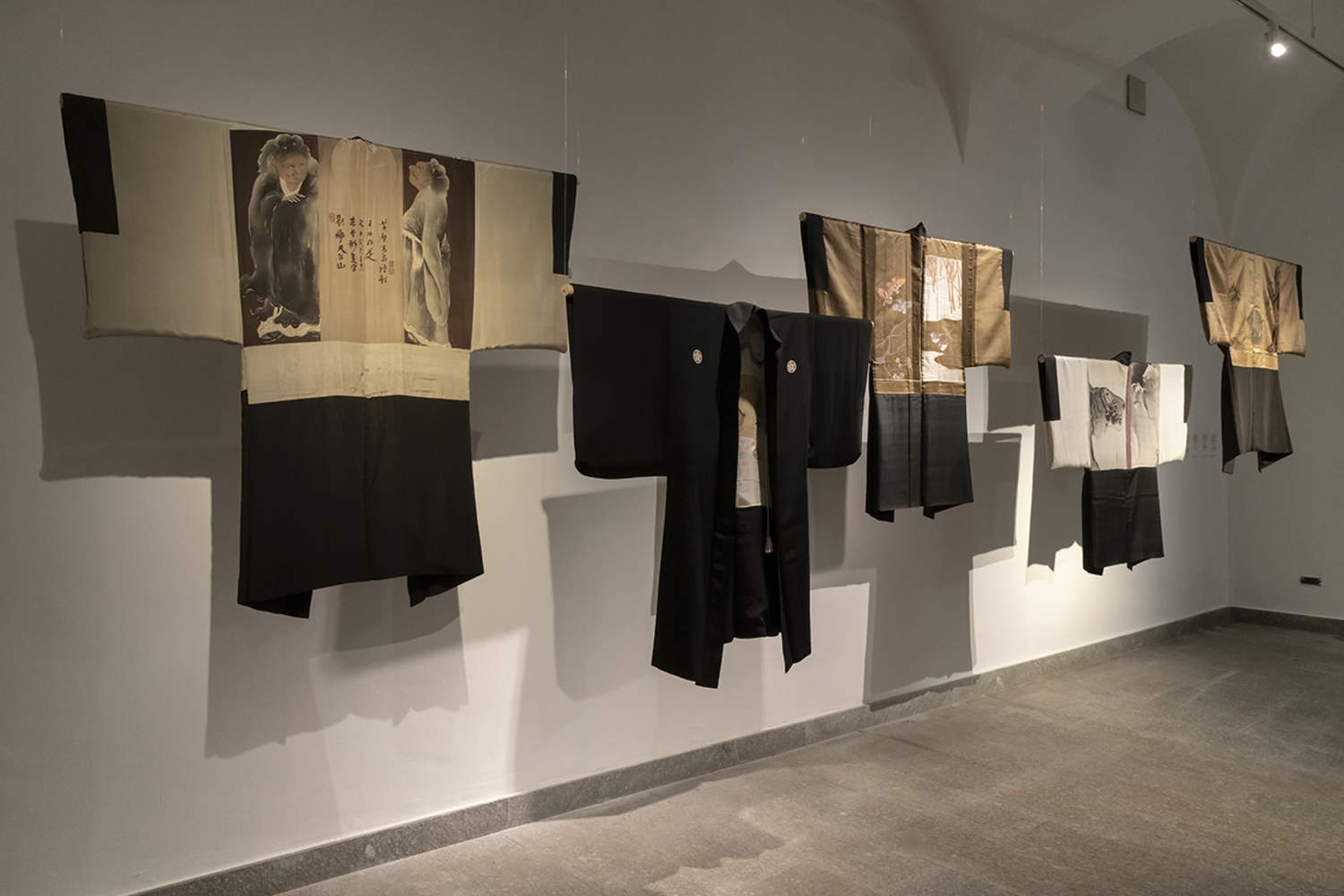
The story that is sewn onto the suit
The images that adorn haori and juban are never chosen at random. Seductive, enigmatic or celebratory, they tell the story of 20th-century Japan, a time of profound transformation. In a period marked by accelerated modernization, international tensions and imperialist drifts, these garments become propaganda media and custodians of an identity under construction. Clothing, in Japanese culture, has always helped define roles, hierarchies and social spaces. While women’s kimonos have received great attention from scholars and collectors, men’s kimonos have often remained in the shadows. The Turin exhibition fills this void, revealing how the austere elegance of men’s kimonos actually contains a sophisticated symbolic universe. Whether in ceremonial suits or everyday garments, the identity of the wearer emerges in the details hidden inside jackets or on the surface of under kimonos.
The decorative motifs that enrich men’s robes tell much more than they show at first glance. They range from references to classical literature and the art of war to nature and the divine sphere, in a constant dialogue between public and private. The images, often visible only within the clothes, become confidential messages, but capable of conveying precise ideological content. In this context, the exhibition also reflects on political propaganda conveyed through textiles, with a section devoted to children’s clothes, a symbol of an early education in nationalism. A discourse that extends to the cultural and social implications of Japanese expansion in Asia, bringing to light a reality quite different from the exotic and romantic one that has long shaped the Western imagination about Japan.
A dialogue between eras: contemporary artists
The exhibition project, curated by Silvia Vesco, Lydia Manavello, You Mi, in collaboration with MAO director Davide Quadrio and curator Anna Musini, with assistance from Francesca Corrias, is enriched by the dialogue with contemporary art. The selected works offer new levels of interpretation on the themes of identity, memory, power and migration.
Prominent among the works on view are the video A Needle Woman and the sculptures Bottari by South Korean artist Kimsooja, which explore the relationship between individual and society, reflecting on cultural hybridity and nomadism. Tobias Rehberger, a German artist, offers Kotatsu (J. Stempel), an installation that fuses Japanese and European traditions to reflect on the concepts of transformation and death. Royce Ng’s video Kishi the Vampire , on the other hand, reinterprets the biography of Kishi Nobusuke, Japan’s prime minister in the 1950s, in a fantastical, vampiric key to rethink the dynamics of the Asian political economy. Chinese artist Wang Tuo ’s " Tungus, 通古斯" continues along these lines, combining historical documentation and mythology in a narrative that challenges linear perceptions of history.
Between the West and National Pride
The decorative motifs of haori and juban also tell of the ambivalent relationship with the West. On the one hand they celebrate the glamour and myth of Europe and America, while on the other they exalt national pride, culminating in the depiction of military strength, technological progress, and the defense of Japanese identity, elements central to the vision of modern Japan before and during World War II. This narrative, far from being consigned to the past, is still alive in Asian countries that were involved in Japanese imperial dynamics. Precisely because of this, the contemporary works in the exhibition not only enrich the narrative but also offer a critical look at the present, making clear how the tensions and legacies of the 20th century continue to shape the contemporary world.
The exhibition catalog, available from June 2025 in Italian and English and published by Silvana Editoriale, will contain previously unpublished critical essays and a rich iconographic apparatus, offering additional tools for in-depth study. As is customary for MAO exhibitions, Haori will also be entirely accessible in LIS (Italian Sign Language), thanks to a collaboration with the Istituto dei Sordi di Torino, confirming the museum’s focus on cultural inclusion and accessibility.
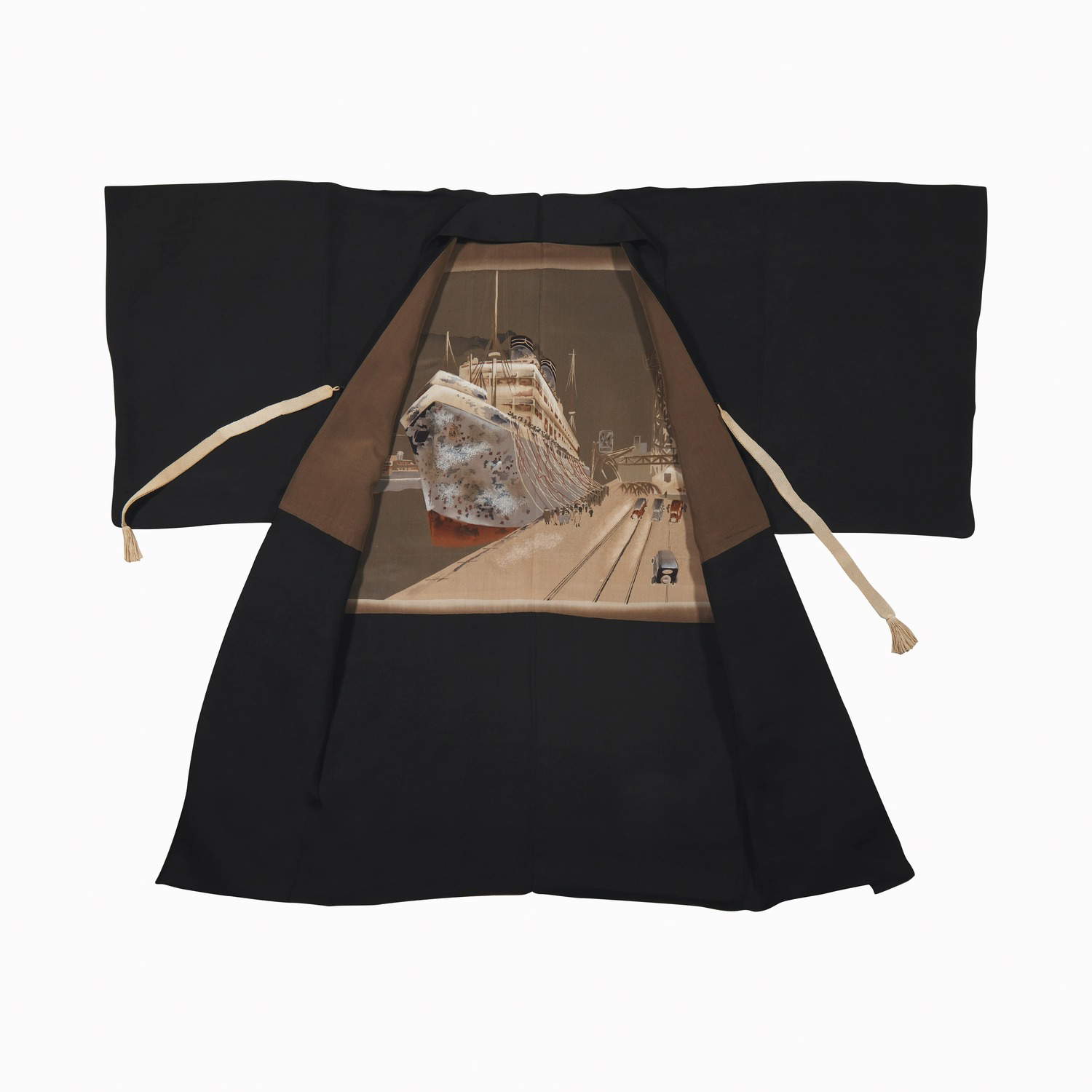
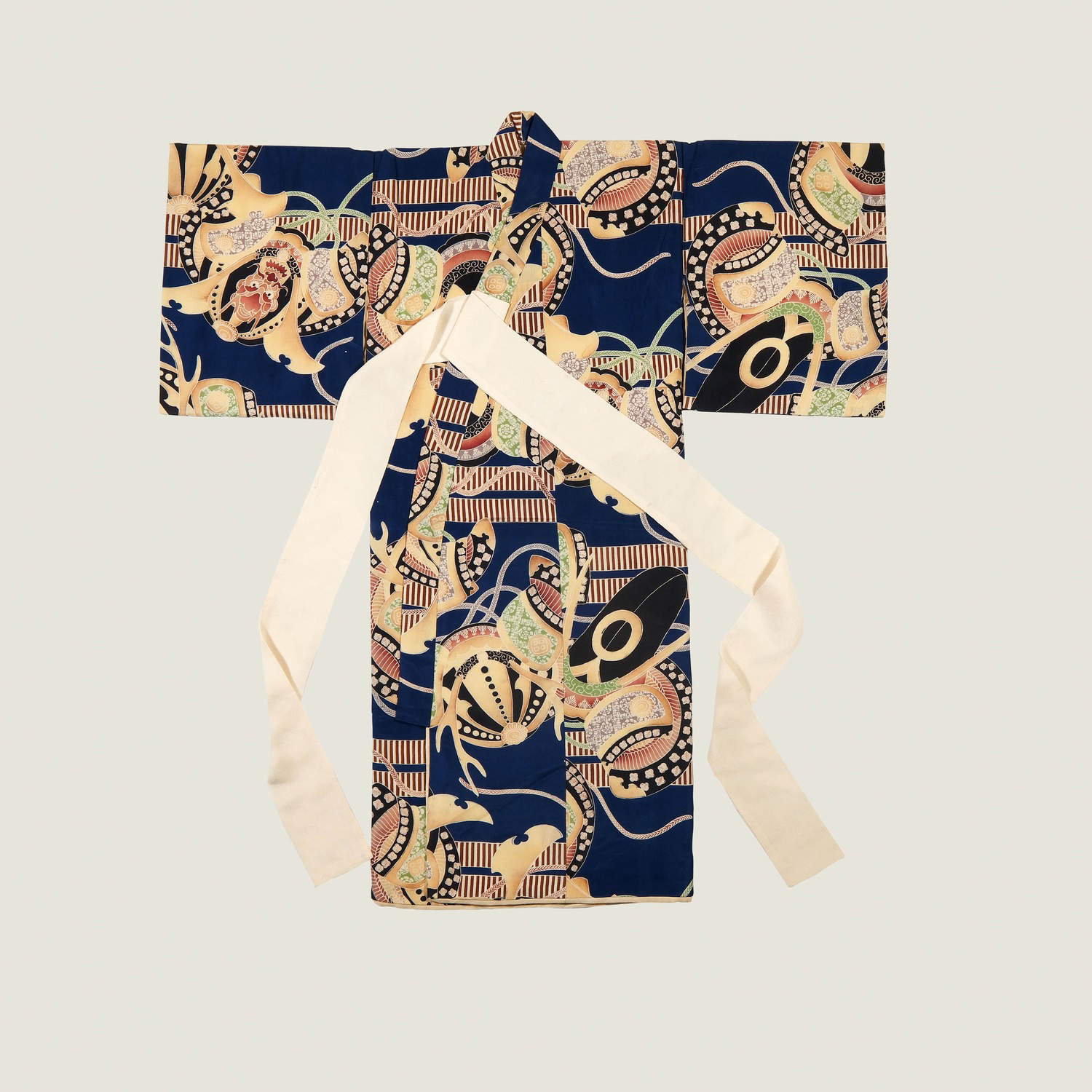
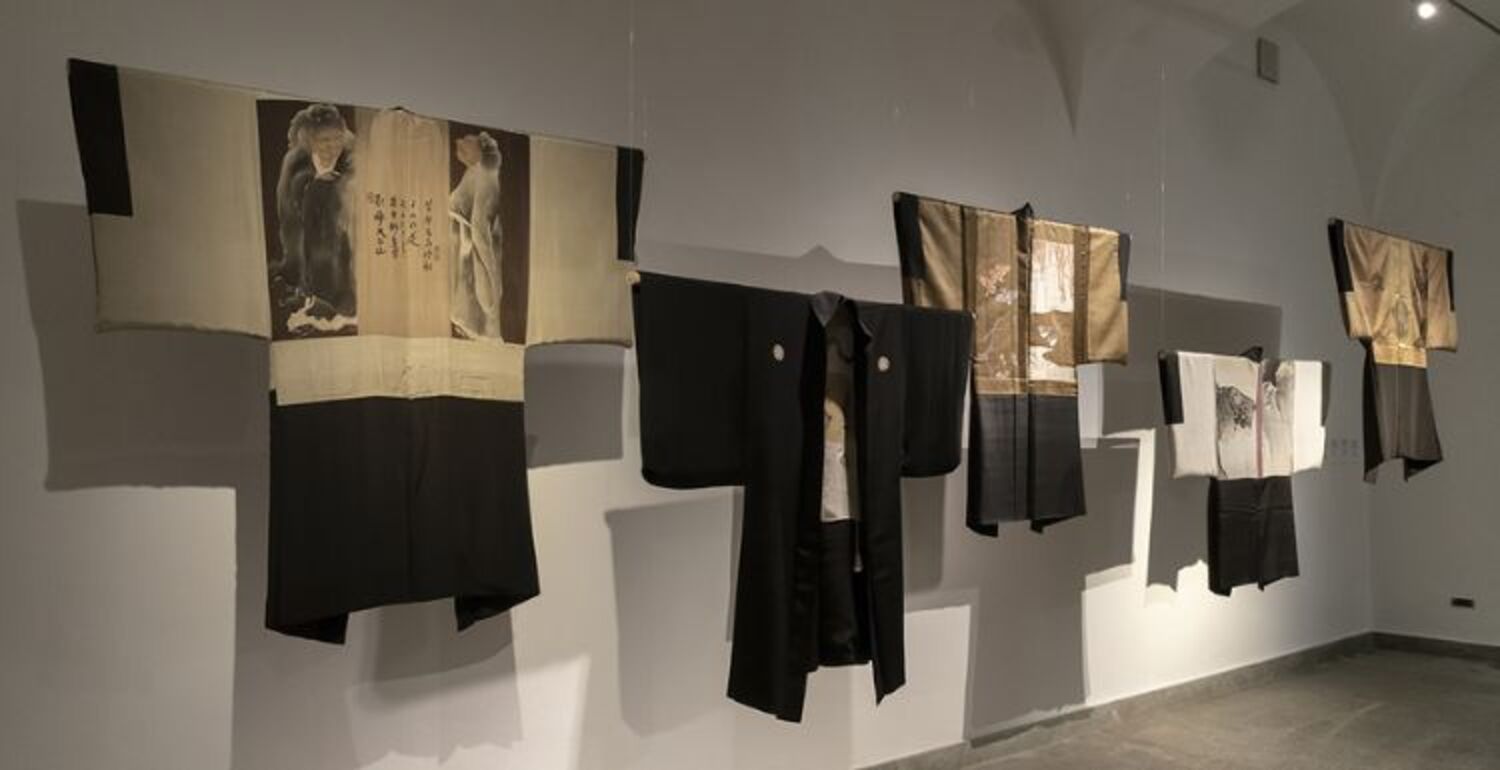 |
| MAO of Turin showcases 50 haori and juban: men's kimonos of the 20th century |
Warning: the translation into English of the original Italian article was created using automatic tools. We undertake to review all articles, but we do not guarantee the total absence of inaccuracies in the translation due to the program. You can find the original by clicking on the ITA button. If you find any mistake,please contact us.





